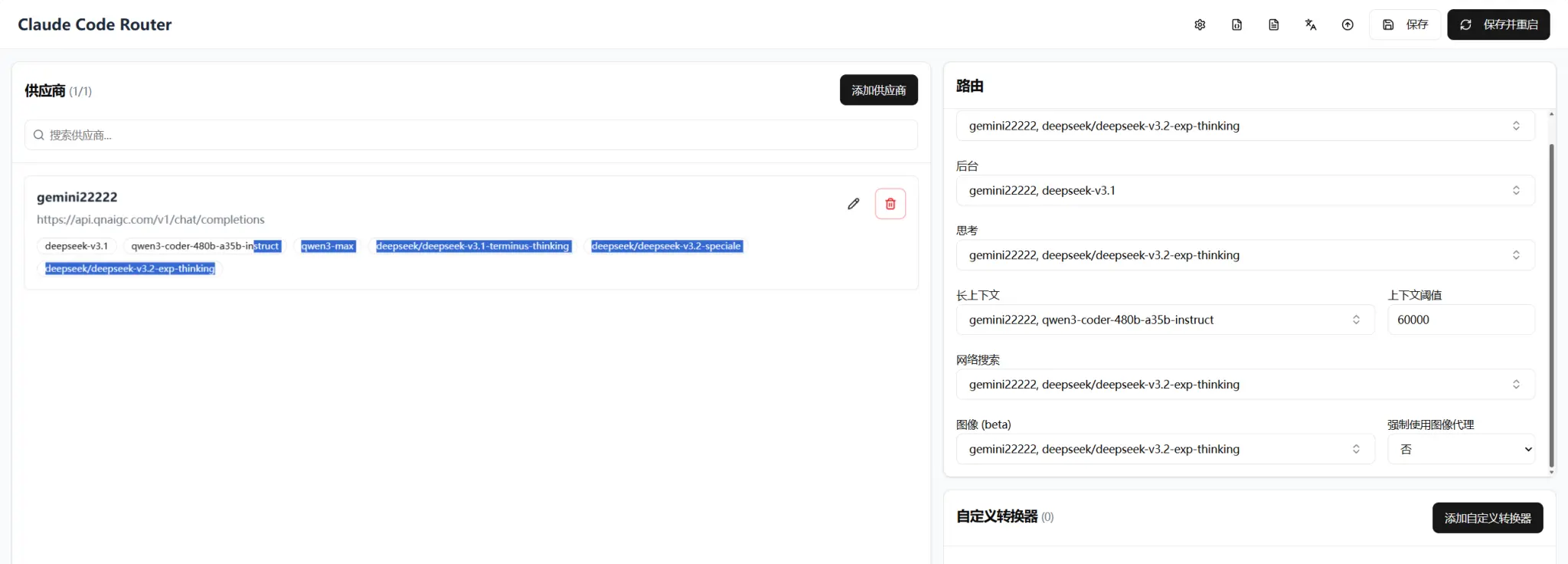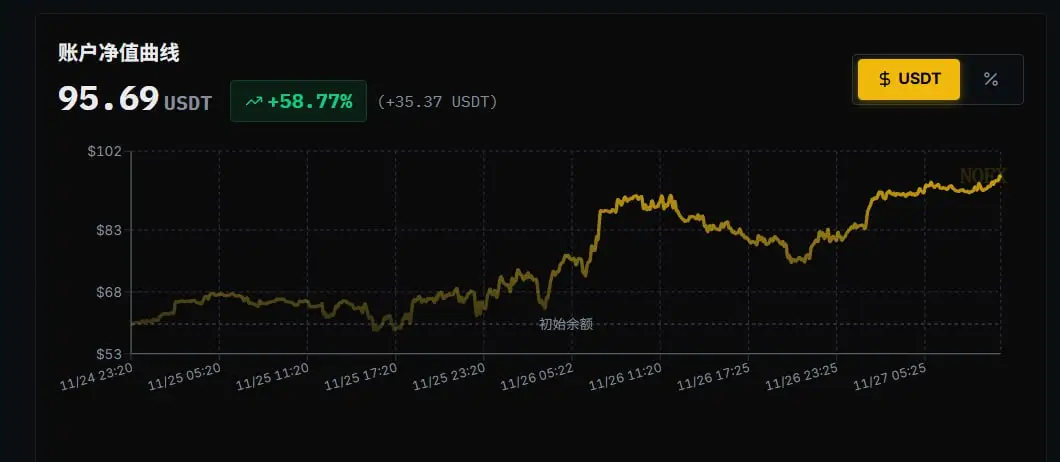本文将详细介绍如何在WPF应用程序中实现拖拉元素。通过本教程,你将学会如何让用户在界面上拖动和放置元素,提高用户界面的交互性和易用性。我们将通过一个完整的示例代码来展示这一过程的实现。
1. 前言
在现代用户界面设计中,拖放操作是一个常见且重要的交互方式。用户可以通过拖放操作移动界面中的元素,使得操作更加直观和高效。本文将深入探讨如何在WPF(Windows Presentation Foundation)应用程序中实现这一功能。
2. 实现拖拉元素的步骤
要在WPF中实现拖拉元素,需要以下几个步骤:
- 设置拖动事件:在要拖动的元素上添加鼠标事件。
- 计算元素位置:在拖动过程中计算元素的新位置。
- 更新元素位置:根据计算的结果实时更新元素的位置。
2.1 设置拖动事件
首先,我们需要在要拖动的元素上添加鼠标事件。这些事件包括MouseDown、MouseMove和MouseUp。
<Window x:Class="DragAndDropDemo.MainWindow"
xmlns="http://schemas.microsoft.com/winfx/2006/xaml/presentation"
xmlns:x="http://schemas.microsoft.com/winfx/2006/xaml"
Title="Drag and Drop Demo" Height="350" Width="525">
<Canvas Name="myCanvas">
<Rectangle Name="draggableRectangle" Width="100" Height="100" Fill="Blue"
MouseDown="Rectangle_MouseDown" MouseMove="Rectangle_MouseMove" MouseUp="Rectangle_MouseUp"/>
</Canvas>
</Window>2.2 计算元素位置
在鼠标按下时,记录鼠标的初始位置。在鼠标移动时,计算鼠标的移动距离,并更新元素的位置。
public partial class MainWindow : Window
{
private bool isDragging = false;
private Point clickPosition;
public MainWindow()
{
InitializeComponent();
}
private void Rectangle_MouseDown(object sender, MouseButtonEventArgs e)
{
var rectangle = sender as Rectangle;
if (rectangle != null && e.LeftButton == MouseButtonState.Pressed)
{
isDragging = true;
clickPosition = e.GetPosition(myCanvas);
rectangle.CaptureMouse();
}
}
private void Rectangle_MouseMove(object sender, MouseEventArgs e)
{
if (isDragging)
{
var rectangle = sender as Rectangle;
var currentPosition = e.GetPosition(myCanvas);
var offsetX = currentPosition.X - clickPosition.X;
var offsetY = currentPosition.Y - clickPosition.Y;
Canvas.SetLeft(rectangle, Canvas.GetLeft(rectangle) + offsetX);
Canvas.SetTop(rectangle, Canvas.GetTop(rectangle) + offsetY);
clickPosition = currentPosition;
}
}
private void Rectangle_MouseUp(object sender, MouseButtonEventArgs e)
{
var rectangle = sender as Rectangle;
if (rectangle != null)
{
isDragging = false;
rectangle.ReleaseMouseCapture();
}
}
}2.3 更新元素位置
在MouseMove事件中,根据鼠标的当前位置计算元素的新位置,并实时更新元素的位置。这样就可以实现元素的拖动效果。
3. 完整示例
以下是一个完整的示例代码,展示了如何在WPF应用程序中实现拖拉元素。
XAML代码:
<Window x:Class="DragAndDropDemo.MainWindow"
xmlns="http://schemas.microsoft.com/winfx/2006/xaml/presentation"
xmlns:x="http://schemas.microsoft.com/winfx/2006/xaml"
Title="Drag and Drop Demo" Height="350" Width="525">
<Canvas Name="myCanvas">
<Rectangle Name="draggableRectangle" Width="100" Height="100" Fill="Blue"
MouseDown="Rectangle_MouseDown" MouseMove="Rectangle_MouseMove" MouseUp="Rectangle_MouseUp"/>
</Canvas>
</Window>C#代码:
using System.Windows;
using System.Windows.Input;
using System.Windows.Media;
using System.Windows.Shapes;
namespace DragAndDropDemo
{
public partial class MainWindow : Window
{
private bool isDragging = false;
private Point clickPosition;
public MainWindow()
{
InitializeComponent();
}
private void Rectangle_MouseDown(object sender, MouseButtonEventArgs e)
{
var rectangle = sender as Rectangle;
if (rectangle != null && e.LeftButton == MouseButtonState.Pressed)
{
isDragging = true;
clickPosition = e.GetPosition(myCanvas);
rectangle.CaptureMouse();
}
}
private void Rectangle_MouseMove(object sender, MouseEventArgs e)
{
if (isDragging)
{
var rectangle = sender as Rectangle;
var currentPosition = e.GetPosition(myCanvas);
var offsetX = currentPosition.X - clickPosition.X;
var offsetY = currentPosition.Y - clickPosition.Y;
Canvas.SetLeft(rectangle, Canvas.GetLeft(rectangle) + offsetX);
Canvas.SetTop(rectangle, Canvas.GetTop(rectangle) + offsetY);
clickPosition = currentPosition;
}
}
private void Rectangle_MouseUp(object sender, MouseButtonEventArgs e)
{
var rectangle = sender as Rectangle;
if (rectangle != null)
{
isDragging = false;
rectangle.ReleaseMouseCapture();
}
}
}
}4. 小结
通过本文的介绍,你已经学会了如何在WPF中实现拖拉元素。希望你能在实际项目中应用这些知识,提升用户界面的交互性。如果你有任何问题或建议,欢迎在评论区留言讨论。




